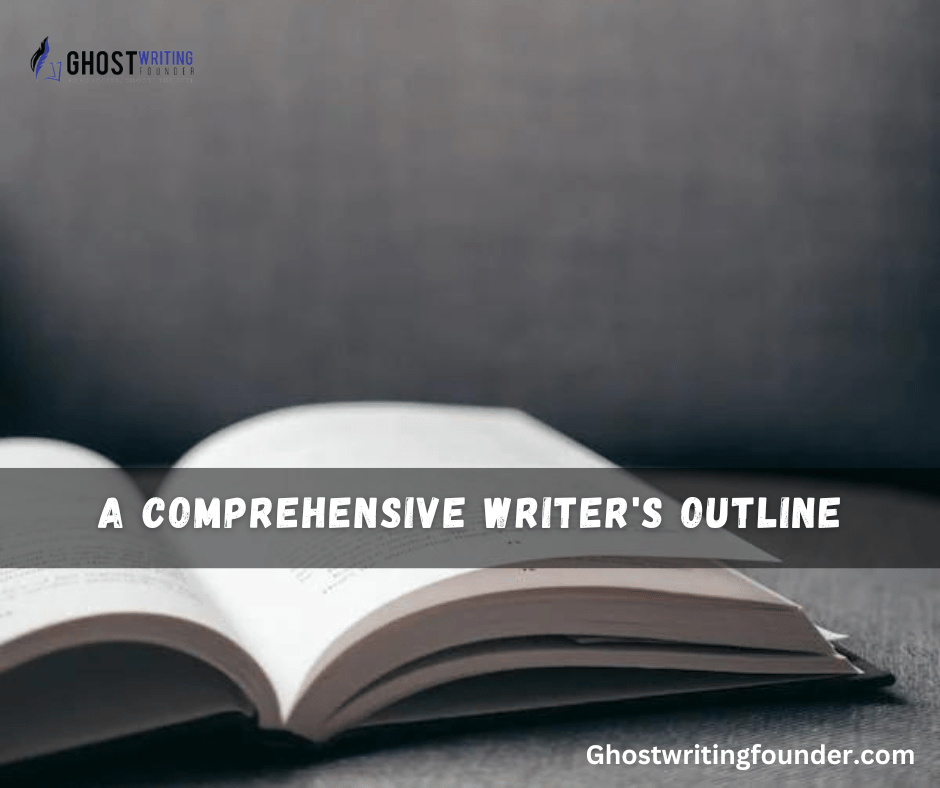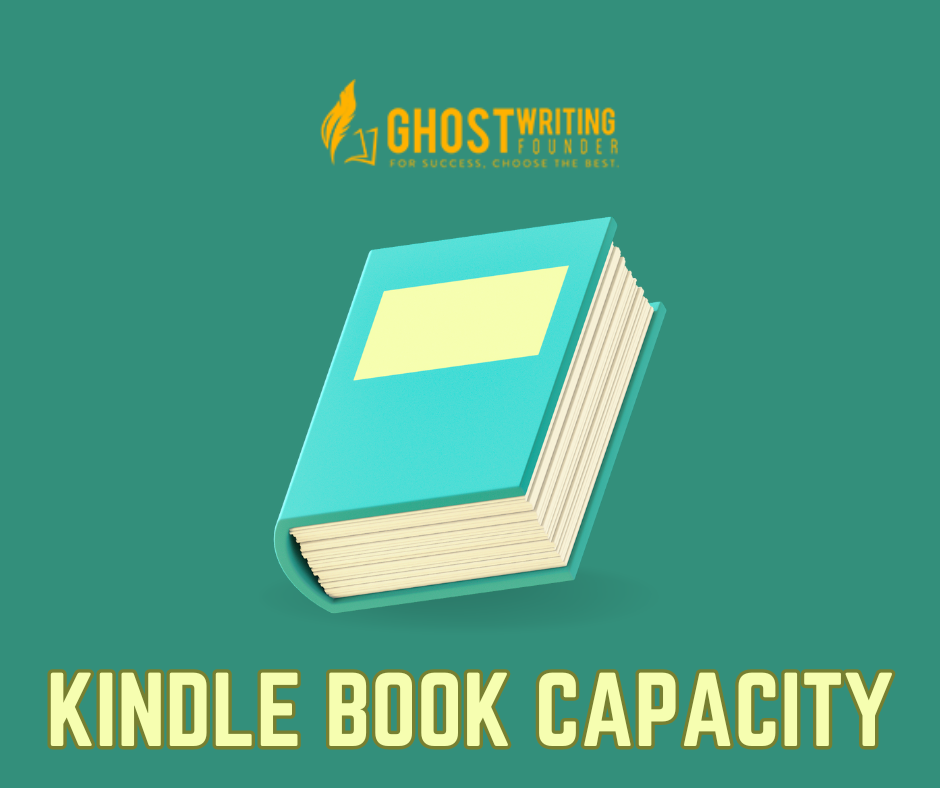
Book Writing
Introduction
Writing a book is excellent; however, the journey doesn’t end there but begins with the book editing process. As a writer, you need to focus on book editing and take it seriously.
Good editing will transform a raw manuscript into an amazing piece of literature. Book editing involves much more than just proofreading for grammar and spelling errors. It’s a multifaceted process that refines the structure, enhances the narrative flow, and ensures coherence.
In this article, we will explore the key aspects of book editing, providing writers with a comprehensive outline to help them navigate this essential stage of their literary endeavors.
The Editing Process
Editing is crucial before book publishing. It helps to transform a raw manuscript into a polished literary masterpiece. Here are the different stages of book editing, each serving a specific purpose. Let’s uncover the secrets with our Ghostwriting Founder experts to refine your manuscript and prepare you for publication.
Developmental Editing
The first stage of book editing is developmental editing, where the editor focuses on the big-picture elements. They assess the overall structure, plot, and character development, offering suggestions to strengthen the storyline and improve pacing.
During this phase, the editor will refine plot holes and character arcs. The goal is to create a solid foundation for your story, ensuring that your reader likes what they read.
Line Editing
Once the developmental editing is complete, it’s time to dive into line editing. In this stage, the editor delves deeper into your manuscript, focusing on the language, style, and tone.
They refine sentence structure, eliminate wordiness, and ensure consistency in the narrative voice. Line editing adds finesse to your writing, giving it a polished and professional feel. This is where your unique voice as an author shines through.
Copyediting
After line editing, it’s essential to address the technical aspects of your manuscript through copyediting. Copyeditors pay meticulous attention to grammar, spelling, punctuation, and formatting. They correct errors, check for consistency in style and language usage, and ensure adherence to industry standards. This stage ensures that your text is clean, error-free, and ready to be enjoyed by readers.
Proofreading
This is the last stage of book editing, which involves carefully reviewing any remaining errors from the book cover to the last page. Proofreaders focus on spotting typos, missed punctuation, and formatting inconsistencies.
Their eagle eye ensures that your manuscript is perfect without any mistakes before printing.
Self-Editing Tips
Before handing your manuscript to an editor, performing some self-editing is beneficial. Here are a few tips to help you get started with editing your book perfectly.
Put it on paper
When you read your words on paper, it’s easier to spot spelling mistakes, sentence gaps, and run-ons than when you try to find them on a bright computer screen. You can even change how the text is formatted if that helps you see it differently. Use a red pen (or another bright color) to keep track of changes and edits as you go.
Read aloud
Hearing your work aloud can also help you see awkward phrasing, redundant words, and other sentence structure and word choice issues. Reading aloud might help you spot typos and see if your primary argument is coming across properly. You can have a friend or family member read it while you take notes on what stands out to you.
Take a break
Taking time away from your writing project can give you the emotional distance you need to return to it with fresh eyes and a new perspective. Give it some time if you’re having problems keeping a level head. You may return to your work with fresh eyes.
Keep your voice busy
When you write in the active voice, the subject of a line does something. The word for that action is a verb, the part of speech that holds all full sentences together. Even though passive voice isn’t always wrong in writing, it’s usually best to keep your tone lively so that your readers keep reading.
Change each line by line
A good reader will go through a piece of writing line by line, and you should do the same thing. If you’re editing your work, you’ll have to read through it several times to catch errors like this. This could be a difficult and lengthy process.
Learn how to use writing guides
Professional editors may already know much about writing, but you can learn what they know. Find out which style guide you should use for your writing.
The AP Stylebook is what you need if you’re producing advertising copy, while the Chicago Manual of Style is what you need if you’re writing fiction.
Be sure to include the following on your list of things to check during the editing process:
- Are the commas in the right places here?
- Verify that the highlighted and quoted text is correct.
You may improve your editing and writing skills by learning to recognize common editing mistakes.
Avoid clichés
Even though clichés are sometimes used in good writing and excellent for book marketing, they are usually boring. So only use them if you can give them a new twist or in a way that doesn’t make them seem old.
Don’t be afraid to read
Editing isn’t a one-time thing, and you’ll probably need to read your work more than once to find your weak lines, grammar, punctuation, and spelling mistakes.
Mind your grammar
Look out for problems with spelling and language. Weak verbs and adjectives make it even harder to convey a text’s intended tone and emotion. Ensure your writing is clear and strong, and be careful when using a word. Don’t use a word if you aren’t sure how to use it.
Main Attributes and Elaborate Information
| Section | Description | Key Points |
|---|---|---|
| Introduction | The importance of book editing | – Book editing is a crucial step in the writing process. – It transforms a raw manuscript into a polished literary work. |
| The Editing Process | Different stages of book editing | – Developmental Editing: Focus on big-picture elements. – Line Editing: Refine language, style, and tone. – Copyediting: Address technical aspects. – Proofreading: Final error check. |
| Developmental Editing | Refining plot, structure, and character development | – Enhances overall structure, plot, and character arcs. – Creates a solid foundation for the story. |
| Line Editing | Polishing language, style, and tone | – Refines sentence structure and eliminates wordiness. – Highlights the author’s unique voice. |
| Copyediting | Addressing grammar, spelling, punctuation, and formatting | – Ensures error-free and consistent text. – Adheres to industry standards. |
| Proofreading | Final review for typos, punctuation, and formatting inconsistencies | – Ensures a perfect manuscript before printing. |
| Self-Editing Tips | Tips for authors to edit their own work | – Reading on paper for spotting mistakes. – Reading aloud for clarity. – Taking breaks for fresh perspective. |
Conclusion
Book editing is integral to the writing process, helping transform a rough draft into a masterpiece. Whether you collaborate with a professional editor or embark on self-editing, paying attention to the finer details will greatly enhance your book’s quality.
Remember to embrace feedback with an open mind and use it as a tool for growth. Following a comprehensive editing outline, you can refine your manuscript and create a captivating story that will captivate readers for years.









Leave a Reply